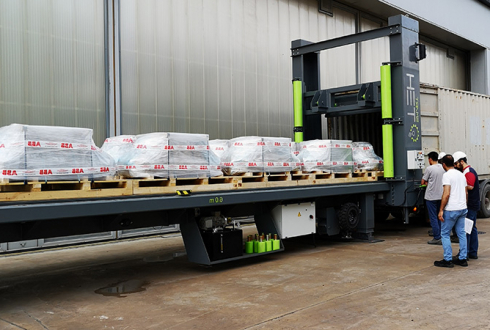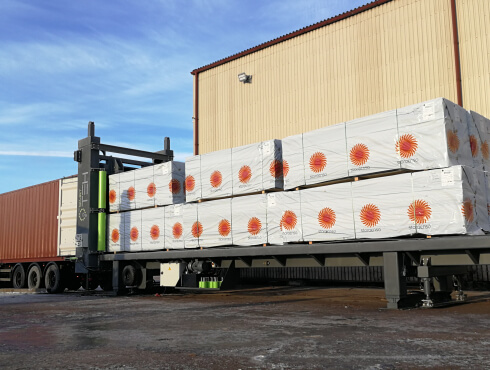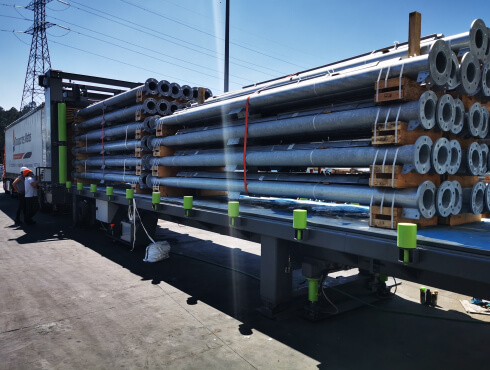
The manufacturing area is key to sustaining all manufacturing companies. It is necessary to maintain costs at competitive figures, to ensure sustainable growth. Listed below are 11 cost-saving ideas for manufacturing companies.
11. Develop a strategic plan
Develop and review your strategic plan on a regular basis. Analyze the environment, the market, the competitors, and the available internal resources. Set goals and a roadmap. Review the operation of your company from a global perspective and do not get lost in one department. Visualize the short, medium, and long term. Automate repetitive processes. Introduce the planning of your resources, means of production, and materials. Consider technological evolution and investment, as key elements to achieve manufacturing cost reduction.

10. Introduce continuous improvement practices
Embrace lean manufacturing initiatives such as Six Sigma, continuous improvement, or Kaizen techniques. Document a Standard Operating Procedure (SOP). It will help employees develop complex work routines. Certify your organization and your products under international standards, such as
- ISO certifications. For further information, you can visit the ISO website: https://www.iso.org/
- environmental standards
- product and Personnel safety standards
- local regulations
9. Involve your staff in the life of the company
Usually, your staff knows more than anyone else where the operational wastes are. They know the opportunities for improvement and they often even know the solutions. It's not necessary to make any large capital investments to tackle improvements.
Involving your staff will improve their well-being and the performance of your business.
Make visible the standards reached by the work teams. Share the goals with regular meetings and internal publications: boards, magazines, mailings, etc.
8. Create indicators that promote improvement and pursue them
Your company members need to know where to go and the performance indicators are the trigger. Establish key performance indicators (KPIs) that have a direct impact on your business. It will also drive all the members in the right direction. Combine departmental with interdepartmental indicators. It will favor the interaction of all the members of the organization.
7. Cut down the dispensable. Specialize in your business and outsource the rest.
Do things simply and do not get complicated. Get rid of activities that do not add value to your company. Keep only what you need in inventory. Reduce bureaucracy and excessive paperwork. If possible, sell equipment, materials or spare parts that are obsolete or no longer used. They often have a high market value or discard them from your plant. Sometimes, retaining immobilized capital in your company is more expensive than eliminating it. Focus on the core of your business and outsource the rest of the activities. You can outsource activities to some specialized companies. They can carry out:
- transportation and distribution
- maintenance of specific machinery
- cleaning services
- building maintenance
- consulting services
- foreign trade
- any subprocess that uses specific labor
6. Review labor costs and Manufacturing overhead (MOH)
Check your labor costs on a regular basis. Optimize the use of labor by balancing man-machine activities. Consider versatile multitasking employees. The specialization of those tasks that impact the productivity of the company. Train your human resources in those tasks that impact productivity. They are a good source of leverage. Offer incentives to your employees that introduce new techniques and generate savings.
5. Reduce material costs
When material costs are significant, find ways to use fewer materials. Make sure the materials meet the specifications and handle adequate batch sizes. It will reduce the unitary cost. Review your process along the entire chain and look for material waste:
- sourcing
- production
- internal movements
- the final or temporary storage
- transportation and distribution
4. Cut down energy losses
There are many sources of energy in your company, such as electricity, steam, and fuel. Check the facilities and cut down every leakage and source of energy loss. The equipment to check can be boards, transformers, generators, motors, compressors, and pipelines.
3. Introduce the preventive maintenance
Consider the implementation of preventive and predictive maintenance within your organization. Do not wait for machinery failure. Develop a maintenance plan to maintain all your equipment during plant stops. Avoid as much as possible downtime, it will increase your profit loss. Perform a preventive work calendar with your maintenance team:
- replacement of any consumables and spare parts
- lubrication
- replacement of filters
- change of bearings
- technical cleaning
- monitoring of electrical panels with infrared cameras
- detect vibration anomalies in rotating equipment
2. Invest in machinery and equipment
Consider that all equipment and tools are an investment and not an expense for your company. Replace obsolete equipment and revamp machinery that produces unexpected downtime in your factory. The use of obsolete equipment or in poor condition can create more loss than benefit. Always determine the return on the investment contemplating both, benefits and costs. When acquiring new machinery look for:
- production speed
- flexibility
- product quality
- material waste
- potential volume growth in the future
1. Improve your reception and dispatch processes
Your logistics department is crucial when looking for manufacturing cost-saving ideas. It needs to streamline logistics operations. It guarantees the goods arrive on time and in safe conditions to your clients.
SmartTEH container loading machine is a solution for large industries in pursuit of efficiency. In a matter of minutes, you can load a container and free the trucks.


